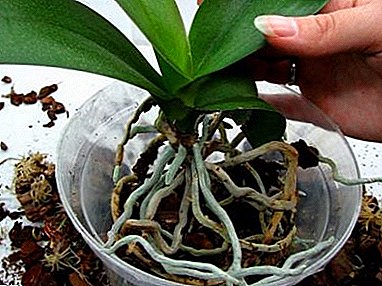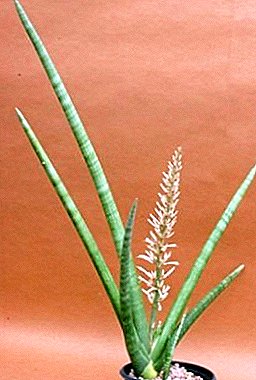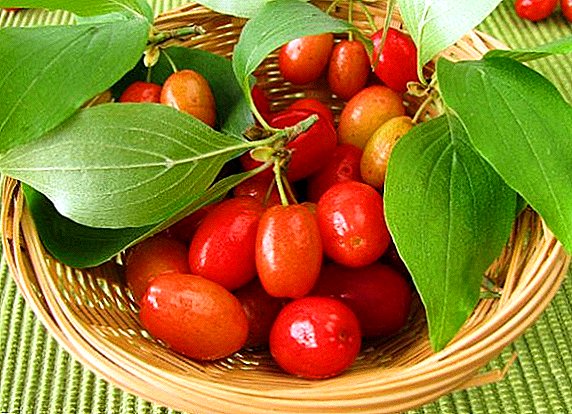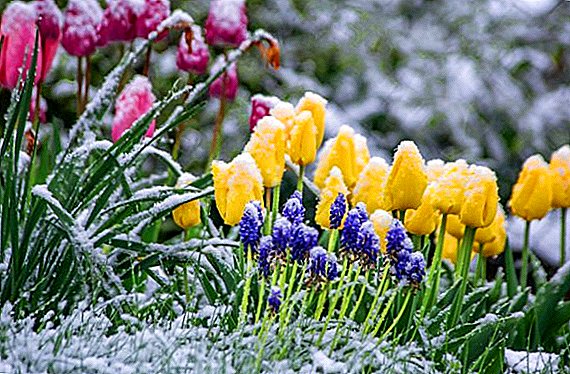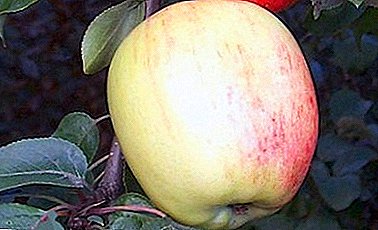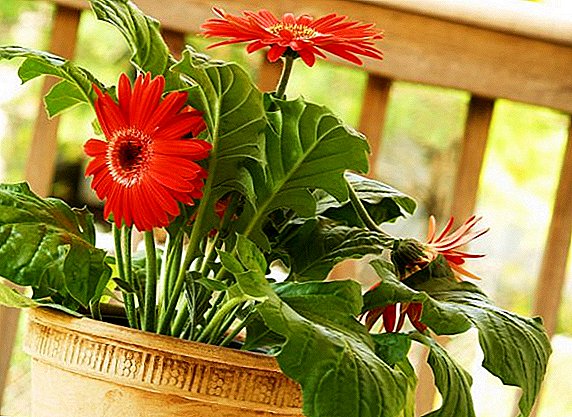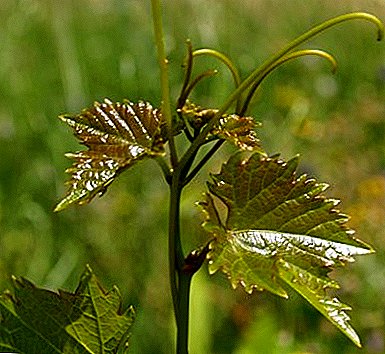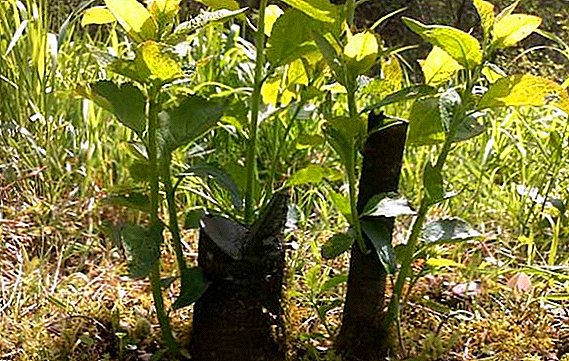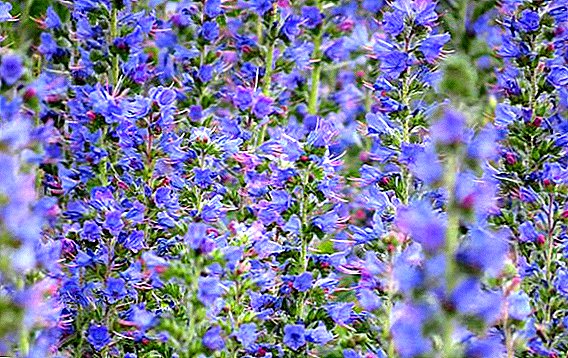 It would seem, what is the use of the poisonous weed, which is unsuitable even for animal feed? But no - in nature, everything has its application. And the ordinary bruise, which is so popular with beekeepers, once again confirms this.
It would seem, what is the use of the poisonous weed, which is unsuitable even for animal feed? But no - in nature, everything has its application. And the ordinary bruise, which is so popular with beekeepers, once again confirms this.
Botanical description
This unpretentious biennial plant can be seen both in the steppe and on the side of the road, both on stony slopes and near landfills. It grows up to 1.8 m in height and is covered with spiny bristles. The plant is poisonous to humans and most animals, so be careful with it.  Peduncles have an elongated shape, like a spikelet, and are covered with flowers, gathered in curls. On one peduncle can be up to 4 thousand flowers of bell-shaped forms, but they bloom not immediately, but 1-2 in a day. After opening the bud, the flower has a light pink color, and after pollination by bees, after 1-2 days it becomes blue and already without nectar.
Peduncles have an elongated shape, like a spikelet, and are covered with flowers, gathered in curls. On one peduncle can be up to 4 thousand flowers of bell-shaped forms, but they bloom not immediately, but 1-2 in a day. After opening the bud, the flower has a light pink color, and after pollination by bees, after 1-2 days it becomes blue and already without nectar.
Did you know? Bruise pollen is also colored blue, and this is clearly seen in the hive.Blossom bruise plant in July-August, starting from the second year after sowing. In the first year, he has a rosette and a root, which goes down to 60 cm.
Medoproduktivnost
In terms of its productivity, the bruise is inferior only to linden, and this gap is about 200 kg per hectare. A bee from a single bruise flower can take up to 2.5 mg of nectar, the release of which by the plant does not depend on drought or cold. Due to the bright blue color of pollinated flowers, bees quickly find it. One bee colony per hectare of this honey plant can collect up to 800 kg per hectare, which is 3-4 times more than with other herbs. It is advisable to keep 4-5 families per hectare. 
Features of growing a bruise ordinary
Although the plant is unpretentious, in order to effectively grow a bruise like a honey plant, you need to know agricultural technology, and then you can provide bees with work for the whole season.
Important! The bruise has a strong taproot and thanks to it easily withstands drought. But too much moisture for him is bad.
Landing
In areas where there is little snowing winters, a bruise is sown with oats, which serves as a kind of shelter for freezing. After 2 months after germination of seeds, oats are mown on hay, leaving stubble up to 12 cm, which will serve as a shelter to hold the snow. In those regions where there is always a lot of snow, you can not sow oats.  For maximum productivity of the plantation in the first year, one year old honey plants, such as phacelia, are sown with a bruise. To get an earlier and stronger shoots, this plant is sown before winter, before the onset of frost. If the climate in the region is unstable, it is best to sow in late May - early July, then the honey plant will have time to grow and gain strength for a safe winter.
For maximum productivity of the plantation in the first year, one year old honey plants, such as phacelia, are sown with a bruise. To get an earlier and stronger shoots, this plant is sown before winter, before the onset of frost. If the climate in the region is unstable, it is best to sow in late May - early July, then the honey plant will have time to grow and gain strength for a safe winter.
In addition to the bruise of ordinary plants, plants that are high-quality honey plants include the following: linden, bird cherry, thyme, apple, blueberry, black currant, plum, mountain ash, common hazel, willow, raspberry, pear.
Often the bruise is sown together with perennial honey herbs, which in the middle of summer are mown for hay. After that, the bruise gives a lot of flower stalks, and the bees collect nectar until the frost. This honey plant can grow in one area for several years, as the seeds remain viable for 3 years.
Did you know? The seeds of this unique honey plant are very small and there are up to 280 thousand of them in 1 kg.Any soil is suitable for planting, as long as there is enough sun. As a rule, they sow with a special seeder or with their hands, and the depth of seeding the seeds in the ground is 1-3 cm. The consumption of seeds is up to 5 kg per hectare.
Care
Special care for the bruise is not required, as this honey plant came from the wild, where it completely does without human intervention. His crops need neither watering nor weeding. However, if you sow it in a well-fertilized land, the flower stalks will be higher and more powerful, and more flowers will give you more honey. 
Beneficial features
A bruise is not only a valuable honey plant, but also a medicinal plant that has antibacterial, soothing, wound healing, expectorant properties. For therapeutic purposes, flowers and leaves of the plant, collected during the flowering period and well dried, are best suited.
In addition to vitamin C and saponin, poisons are present in the harvested raw materials, in particular, consolidin, so treatment should be carried out with caution.
Important! Consolidine is a strong nerve poison and is found in all parts of the plant.
Good help compresses from the bruise infusion with gout, arthritis, rheumatism, sprains. The extract and extracts of this plant raise the level of white blood cells and lymphocytes in the blood and improve its coagulability. The leaves have healing properties, and the infusion of flowers removes colic. Preparations in which this herb is present have a calming effect, therefore, they are successfully used for epilepsy.  Due to expectorant properties, water infusions are used for bronchitis and even whooping cough. The plant also has anti-toxic properties and is effective with snake bites.
Due to expectorant properties, water infusions are used for bronchitis and even whooping cough. The plant also has anti-toxic properties and is effective with snake bites.
Advantages over other cultures
In comparison with other honey plants, a bruise has a number of significant advantages:
- undemanding to soil structure;
- does not need additional care;
- can grow in one place for several years;
- has one of the highest rates of medoproduktivnosti;
- its nectar does not evaporate under the scorching sunshine and is not washed away by rain;
- its honey has good taste and long storage time.


